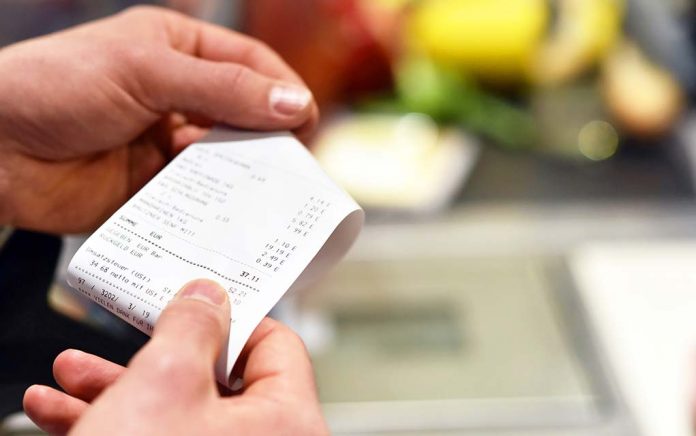
Grocery delivery and curbside pickup is becoming more popular for people with time restrictions and busy schedules. But will it help a busy student? Prices are falling as more companies are jumping on board, and the space is getting competitive — which is great for the consumer. We wondered if it would be worth it, so we did the research.
Breaking Down the Costs
There are two main ways to get grocery delivery:
- Online, through a local grocer or with a company like Shipt
- Directly ordering online through the manufacturer or big companies like Amazon
In some cases, you can order through your local store directly — or you can hire someone privately (like an errand runner), but costs vary from $10 to $40 or more per trip. So in this case, it’s probably cheaper to make one trip to a big box store and stock up to save time.
Walmart has been rolling out a delivery service that’s $9.95 and has a $30 minimum order, but it’s not everywhere yet. This may be a great option if it becomes available near you.
Shipt is a delivery service that charges a flat fee of around $99 annually. This may seem like a lot, but if used once per month, it’s less than the Walmart option. The service includes free shipping on orders over $35. Shipt works with participating big box stores.
Large companies like Amazon also provide grocery delivery, but you will have to purchase Amazon Prime for roughly $119 a year in order to get the best deals and then add on AmazonFresh for an additional $14.99 a month.
It’s All About Convenience
Grocery delivery services are definitely convenient. If you consider the gas, the time, and the wear on your vehicle, the cost could be a real saver if it’s in the budget. Also, seniors or adults who are homebound can have groceries delivered for a fraction of the cost of calling an Uber or paying a personal shopper. And students need all the time they can get to get to class and study.
Consider Bulk Buys to Save on Shipping
Everyone has heard the term buy more and save more. This holds true with bulk food shopping too. And that applies here where shipping costs can raise the costs. It may not be cost-effective to buy just a few things if buying more will either provide free-shipping or save on the number of times you have to pay for shipping.
Who Benefits the Most from Getting Grocery Delivery?
And finally, think about how you shop. Are you prone to impulse buys that are costly to both health and wallet? Do candy bars or treats find their way into your cart seemingly without help? Consider that shopping online and selecting delivery may keep you out of the store and help you to make intentional decisions that keep you on track both financially and in a dietary sense. Having the space to make wise decisions can be more than convenient, and in that case, the cost is more than justifiable.
So consider your shopping style and nutrition needs. If you have to have delivery twice per week, this could get costly — but overall, for some, the answer is yes, it will save time and money. For others, it may not be a good idea. Which are you?


















